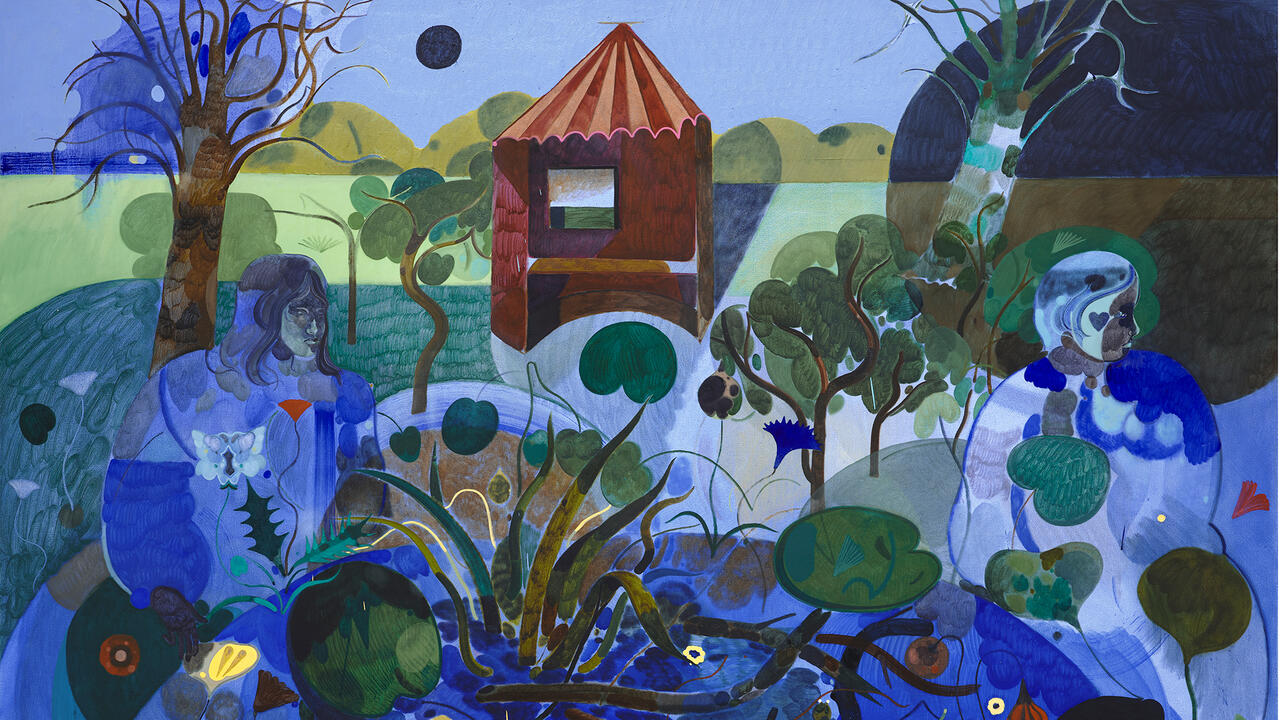Chris Evans
Project Arts Centre, Dublin, Ireland
Project Arts Centre, Dublin, Ireland

Artistic processes that involve commissioning others to produce work have often been fraught with unease. From the confused parameters of collaborative authorship to the unforeseen conflicts of interest that frequently arise, it is often difficult to sidestep the undercurrents of exploitation that vex this field of practice. One might imagine that in order to work with or within the corporate sector, an artist might need a degree of brashness and swagger. We might assume that he or she is intent on agitating, exposing or critiquing institutional structures. But what if, as in the work of British artist Chris Evans, this could be a far more generous proposition than preconceptions might suggest? ‘Clerk of Mind’ – Evans’s first solo exhibition in Ireland – highlighted the artist’s role as facilitator and translator between seemingly incongruous specialist fields, including international political relations and high-end jewellery design.
Sensitively curated by Kate Strain, the show comprised the reconfiguration of three existing artworks never presented together before. Plans are currently underway for Project Arts Centre to commission new work by Evans in response to the Irish context. Probing the vehicle of co-authorship, CLODS, Diplomatic Letters (2012–ongoing) is a series of drawings of invasive plant species, sketched by invited members of the international diplomatic community, which were subsequently photographed by Evans, inverted and then printed as silver bromides. The tentative, almost courteous quality of the diplomats’ lines contrasted robustly with Evans’s cement and marble sculptural clods, and the slippery strips of PVC matting arranged across floor-level, custom-made platforms. Punctured with boreholes, the clods seemed to memorialize the negative space left behind when weeds are pulled from the ground. As co-authored works, these art objects are remnants of exchanges that remain partially hidden – an aesthetic in keeping with the wider curatorial approach at Project, which often presents the residual artefacts of earlier interventions in the gallery or elsewhere. In a similar vein, the textual remains of corporate negotiations featured in Evans’s concurrent exhibition ‘Untitled (Drippy Etiquette)’ at Piper Keys, London, which presented correspondence relating to the proposed rebranding of a dwindling socialist newspaper.
A Needle Walks into a Haystack (2014), named after the main exhibition at last year’s Liverpool Biennial, for which it was commissioned, comprises a vitrine housing a jemonite base and a dazzling, jewel-encrusted ring, crafted at Evans’s invitation, by high-end jewellers Boodles. The impish features of a golden ‘flowergirl’ are discernible amidst the ring’s glittering frondescence. Given that companies like Boodles might typically sponsor biennials or similar events, Evans proposed an alternative form of exchange, probing the space where art meets patronage. His design brief requested the creation of a piece of jewellery in response to the biennial’s press release – a rather excessive promotional statement including the key words ‘intimate’ and ‘domesticity’ – upon which the jewellers based their response, as explained in the literature accompanying ‘Clerk of Mind’. Mindful of their existing clientele and general perceptions of luxury brands, Boodles carefully scrutinized the terminology used to define the parameters of the commission. Treating the ring as an ‘artwork’ necessitated a contractual agreement outlining its shared ownership, the fact that it cannot be sold as a piece of jewellery and future transportation arrangements, to be implemented by Boodles’ own couriers.
As overseer of this kind of co-production, Evans acts as functionary (or ‘clerk’) – tracking the thoughts and intentions of his collaborators, while administering the practical arrangements and textual material which support the process. The artist has stated that he harbours no intention to critique particular groups, institutions or procedures; instead he hopes to forge relationships built on trust with figures whom he perceives to be especially misunderstood by the art world. Though the artworks are ultimately credited to Evans, the fact that he makes very visible the cooperative processes that lead to their production is an attempt to invalidate Romantic claims about the artist as ‘lone producer’ or ‘creative genius’. Conversely, Evans focuses on the capacity of artists to engage with a range of institutional, commercial and bureaucratic frameworks in a continuous process of reciprocal exchange.






















